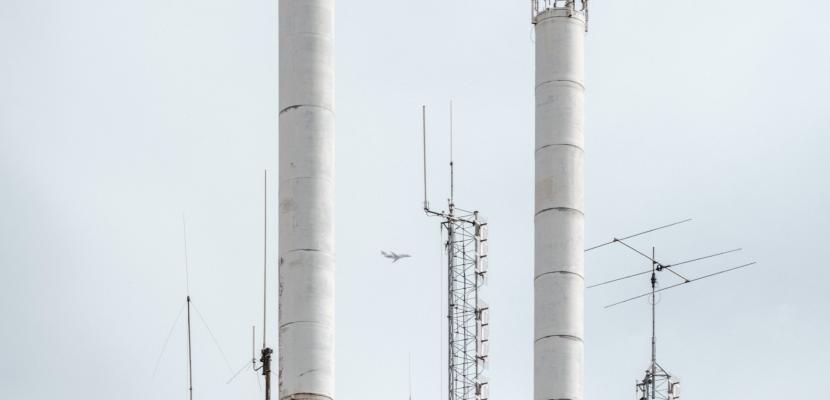Image

Using agricultural by-products for energy production
Published on 20 October 2021

Hungary
Észak-Alföld
This is the good practice's implementation level. It can be national, regional or local.
About this good practice
The joint venture operates in integration, where in addition to crop production, they also deal with animal husbandry. Farming takes place on 4,000 hectares, where most of the feed is produced for animals.
The farm was founded in 1955 on 127 cadastral acres by local families and is now one of the most significant estates in the region, with 210 employees.
Since 2011, they have had a biogas plant to generate electricity, and the remaining heat can be used for many other things. The biogas plant partly serves energy production and helps to process slurry from cattle and pig farms.
.
The reason for the establishment of the plant was the presence of the Béke Agricultural Cooperative cattle and pig farm, as well as the non-use of 6000-6500 hectares of arable land and by-products of plant cultivation. With this plant and thus the production of green energy, they have taken a big step towards building a modern agricultural system. There are also 2 pig farms in the immediate vicinity of the biogas plant, where nearly 700 + 650 sows are kept and approximately 23,000 pigs are released annually. The number of dairy cows in the nearby cattle farm is 2,000. Thus, the biogas plant is able to produce 4-4.5 MWh of electricity from 2.5 million m3 / year of biogas per year, which would be enough to meet the energy needs of 1,200 households. One of the by-products of these 2 farms is pig and beef slurry, the huge amount of which justified the establishment of the plant.
The farm was founded in 1955 on 127 cadastral acres by local families and is now one of the most significant estates in the region, with 210 employees.
Since 2011, they have had a biogas plant to generate electricity, and the remaining heat can be used for many other things. The biogas plant partly serves energy production and helps to process slurry from cattle and pig farms.
.
The reason for the establishment of the plant was the presence of the Béke Agricultural Cooperative cattle and pig farm, as well as the non-use of 6000-6500 hectares of arable land and by-products of plant cultivation. With this plant and thus the production of green energy, they have taken a big step towards building a modern agricultural system. There are also 2 pig farms in the immediate vicinity of the biogas plant, where nearly 700 + 650 sows are kept and approximately 23,000 pigs are released annually. The number of dairy cows in the nearby cattle farm is 2,000. Thus, the biogas plant is able to produce 4-4.5 MWh of electricity from 2.5 million m3 / year of biogas per year, which would be enough to meet the energy needs of 1,200 households. One of the by-products of these 2 farms is pig and beef slurry, the huge amount of which justified the establishment of the plant.
Resources needed
~ 1,8 mill EUR – including grants
Evidence of success
The facility can accommodate 150 to 180 cubic meters of slurry per day, but a 300 cubic meter premixed concrete tank has also been built. The slurry is put into operation on the ground from a cattle farm two stone's throw away from the biogas plant. The same solution was chosen for the delivery of manure from the pig farm. This whole thing is not very expensive, the slurry transfer pump, for example, costs only HUF 3,000 a day. Besides, biogas is used to heat the pig farm.
Potential for learning or transfer
The practice can be used by other agricultural companies dealing with animal husbandry. The process can be applied even at larger scales.
Further information
Website
Good practice owner
You can contact the good practice owner below for more detailed information.
Organisation
Hajdúböszörményi “BÉKE” Mezőgazdasági Kft.

Hungary
Észak-Alföld
Contact
senior regional development expert